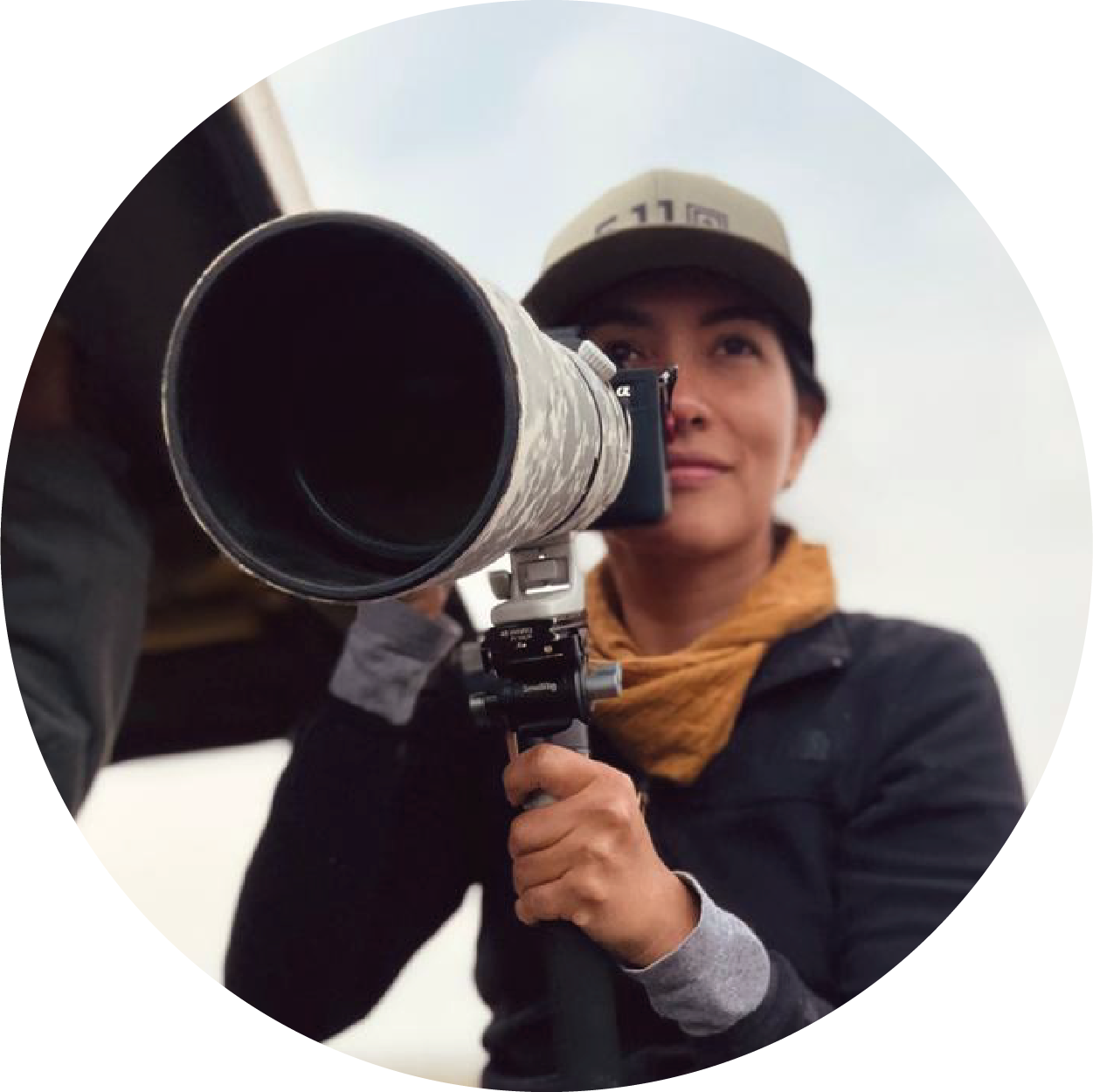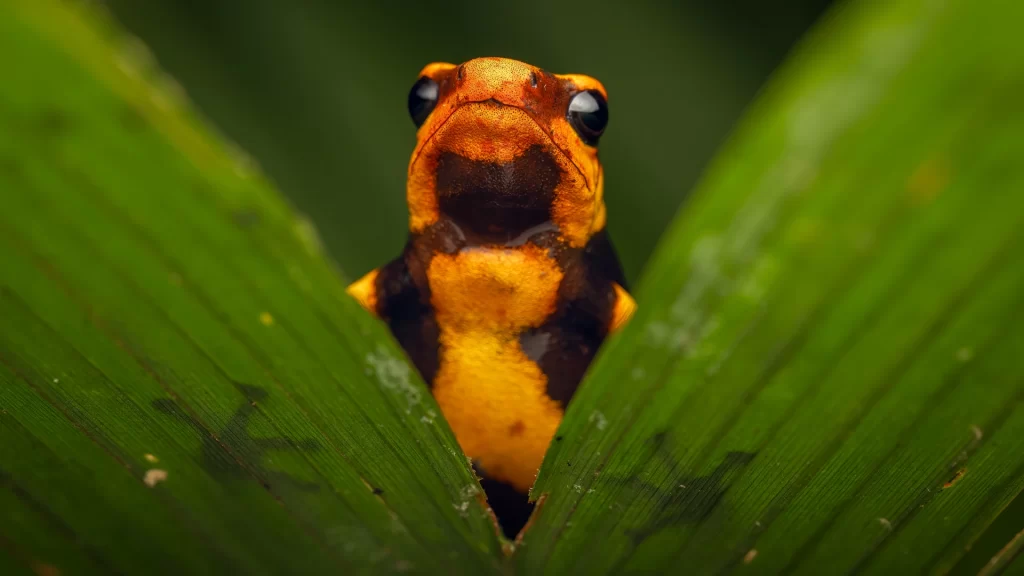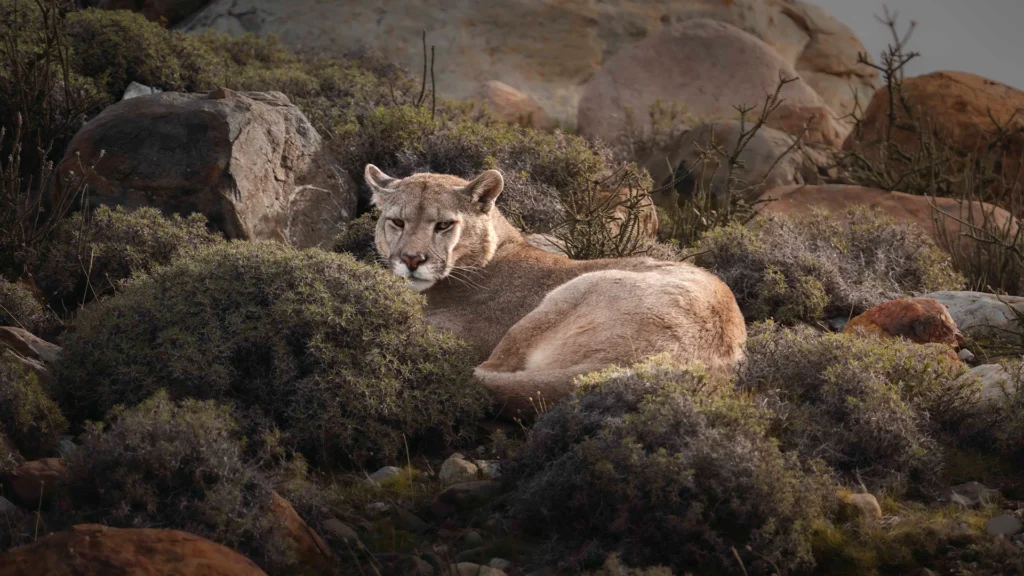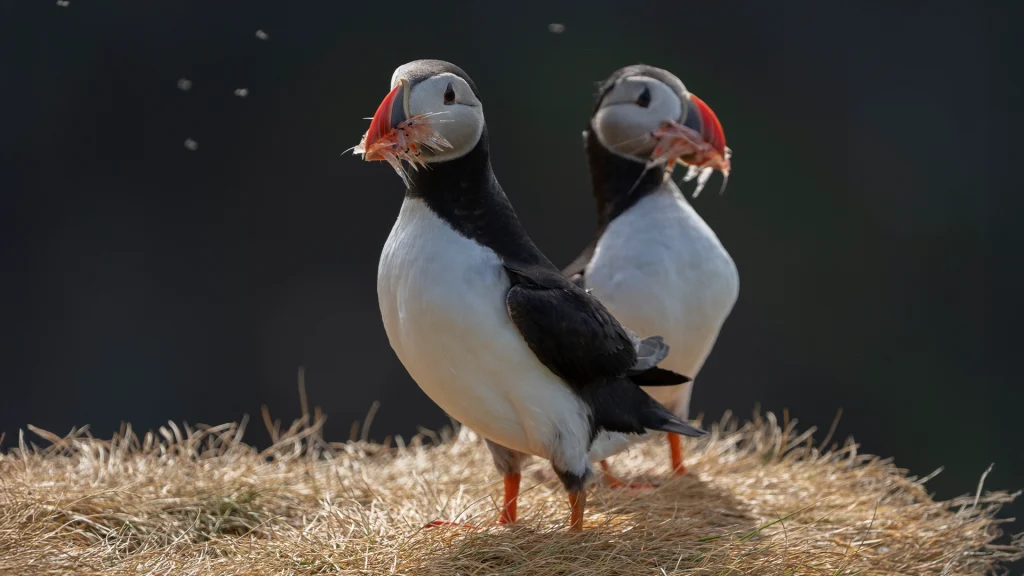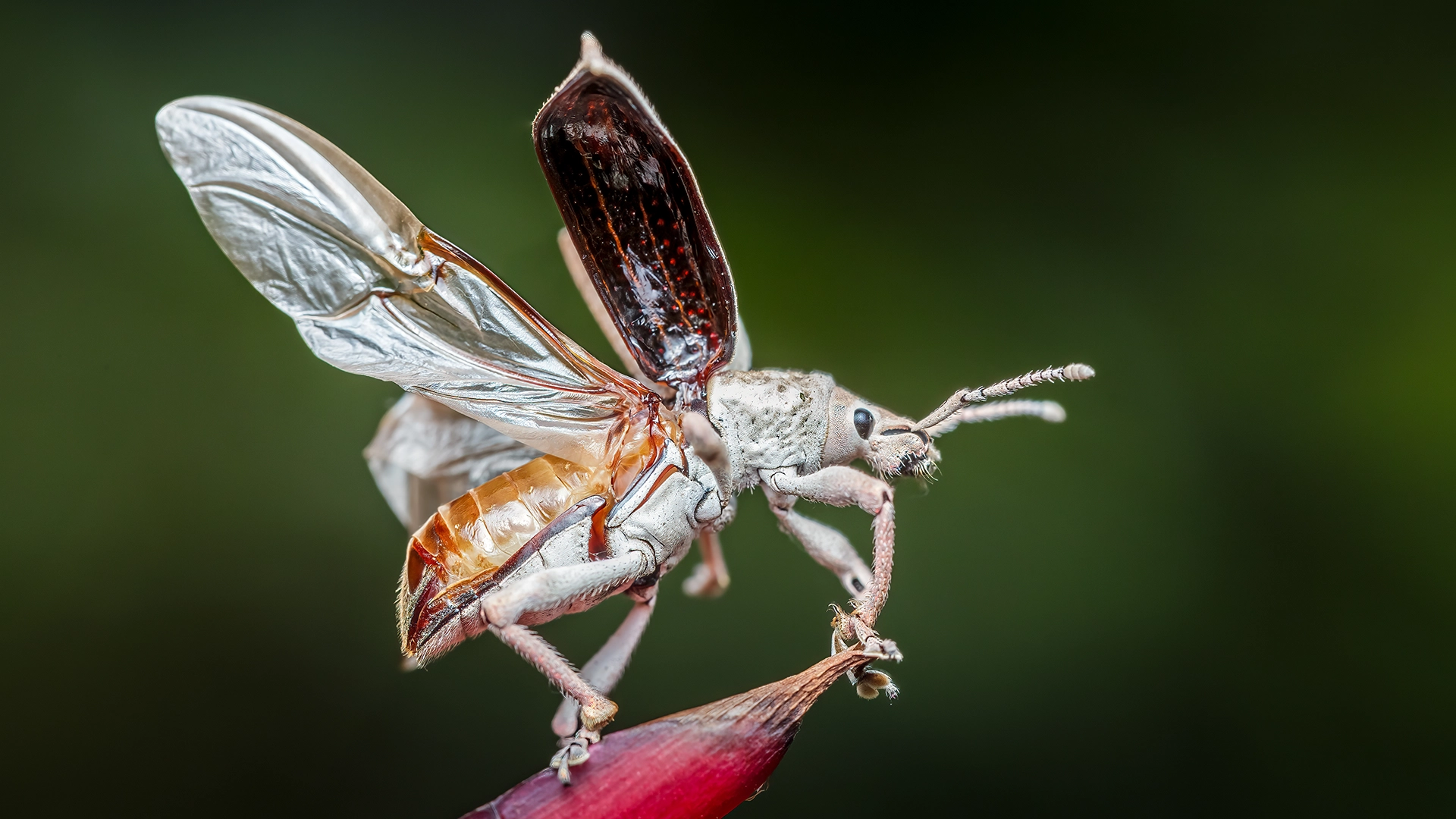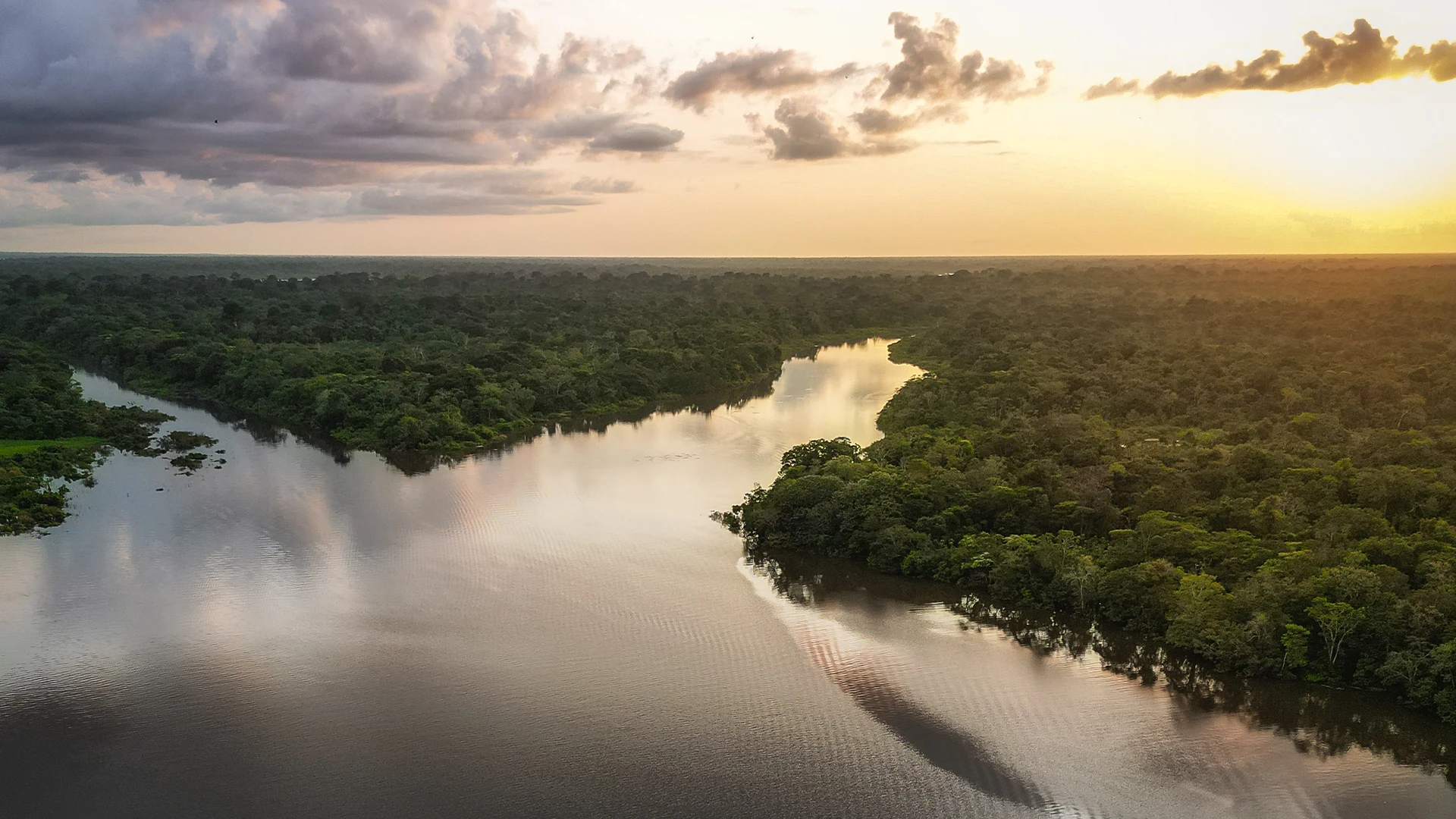Our First Journey into the Wild
In the early days of recovery after the pandemic, when the fear was slowly fading and vaccines had brought a sense of relief, we decided it was time to reconnect with nature. While browsing social media, we came across a company called Keeping Nature Tours, and what we found stopped us in our tracks, stunning wildlife photography featuring poison frogs, lizards, and snakes, all in their natural habitat in Colombia. We were captivated.
Back then, I wasn’t into photography yet. The photographer in the family was my husband, Fede. He was the one who invited me to join a macro photography tour in Santa Cecilia, guided by expert herpetologist and wildlife photographer Jhonattan Vanegas.
We packed our gear with the excitement of children. It was our first real adventure: the road trip, the camping, the jungle… everything! We even had to go shopping, rubber boots and a tent had never been part of our lives before. Day one arrived, and we made our way to Pereira to meet the group. That’s when the experience with Keeping Nature Tours truly began.

Delicate and nearly transparent, the San Jose Cochran Frog (Cochranella euknemos) reveals the intricate beauty of Colombia’s glass frogs, proof that even the smallest creatures can leave a lasting impression. Photo: Alejandra Maldonado.
Discovering a New Colombia
Exploring regions of Colombia that once felt inaccessible was the first thing that drew us in. Before this trip, Chocó to me was just a department on the map. But during the journey, I learned that the Chocó biogeographic region spans from Panama to Ecuador and includes Colombia’s entire Pacific slope.
In Santa Cecilia, we entered the humid rainforest, a living museum of glass frogs, rain, rivers, and resilient people. For the first time, I saw a glass frog, its translucent skin revealing a heartbeat. I had only seen animals like this in NatGeo documentaries, but here I was, crouched in the jungle, watching them with my own eyes.
Then I saw a poison dart frog (Oophaga histrionica) in the wild. It was surreal. Animals I had only encountered in zoos were now jumping freely through their native habitat. That moment changed everything.
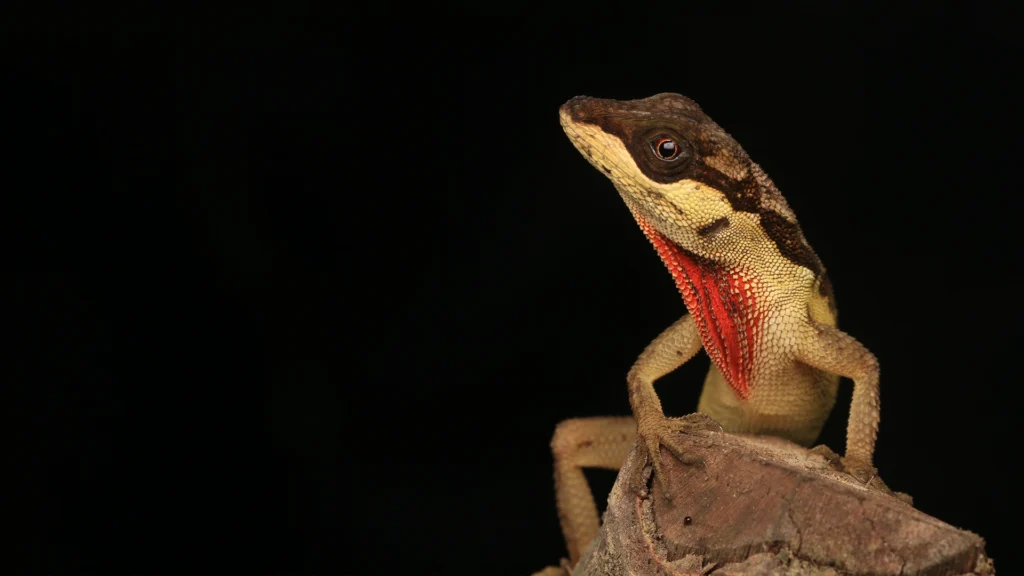
The Scalyback Anole (Anolis notopholis) is a perfect example of how Colombia’s Andean forests harbor hidden gems—agile, cryptic, and beautifully adapted to life among the leaves. Photo: Alejandra Maldonado.
A Journey That Changed Everything
This became my favorite trip with Keeping Nature Tours, not just because of what we saw, but because it shifted something in me. It shattered the boundaries I had unknowingly placed around Colombia. The country was no longer limited to Bogotá, Medellín, Cartagena, or San Andrés, it became 1,141,748 square kilometers of wild, living possibility.
As I write this, I pause to relive it. I remember the rain, we got drenched during a night hike and laughed all the way back. I remember tasting cacao fruit for the first time. I remember the river, the refreshing swim after a long trek, and the night chorus of frogs echoing through the forest. The jungle truly came alive.
And of course, we met Jhonattan Vanegas, who generously shared his deep knowledge and passion for herpetofauna and photography. Fede reached his goal. I took my first professional photo. That was day one of the rest of my photographic life.
We also met like-minded people, Heiler and Paulo, who are now good friends and fellow photographers. I realized this passion connects us. We are a community of nature lovers, of storytellers and conservationists.
Meeting a Local Hero
There’s one person I must highlight, Blas Cárdenas, a local guardian of the forest. His deep love for the land has protected countless amphibians and reptiles. A few years after our visit, he became part of the team that discovered a new species: Pristimantis blasi, named in his honor.
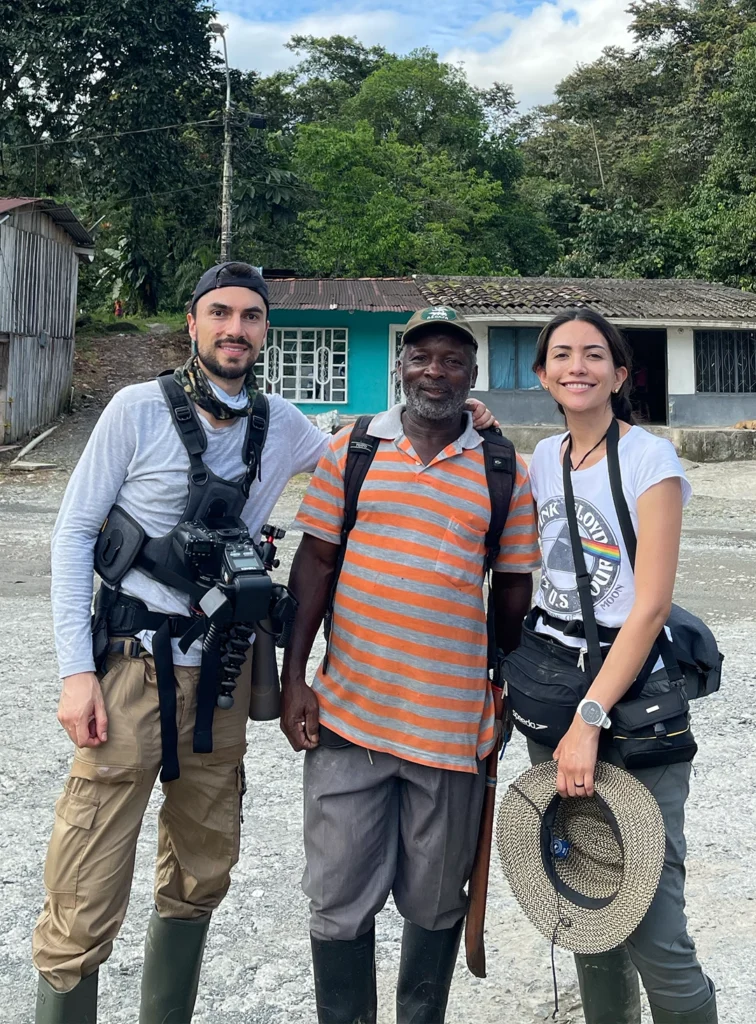
Alejandra Maldonado, Federico Espinosa, and Blas Cárdenas, sharing stories and passion for the forest with the man who would later help discover Pristimantis blasi, a species named in his honor.
